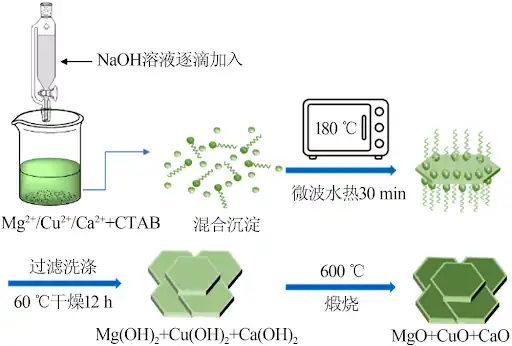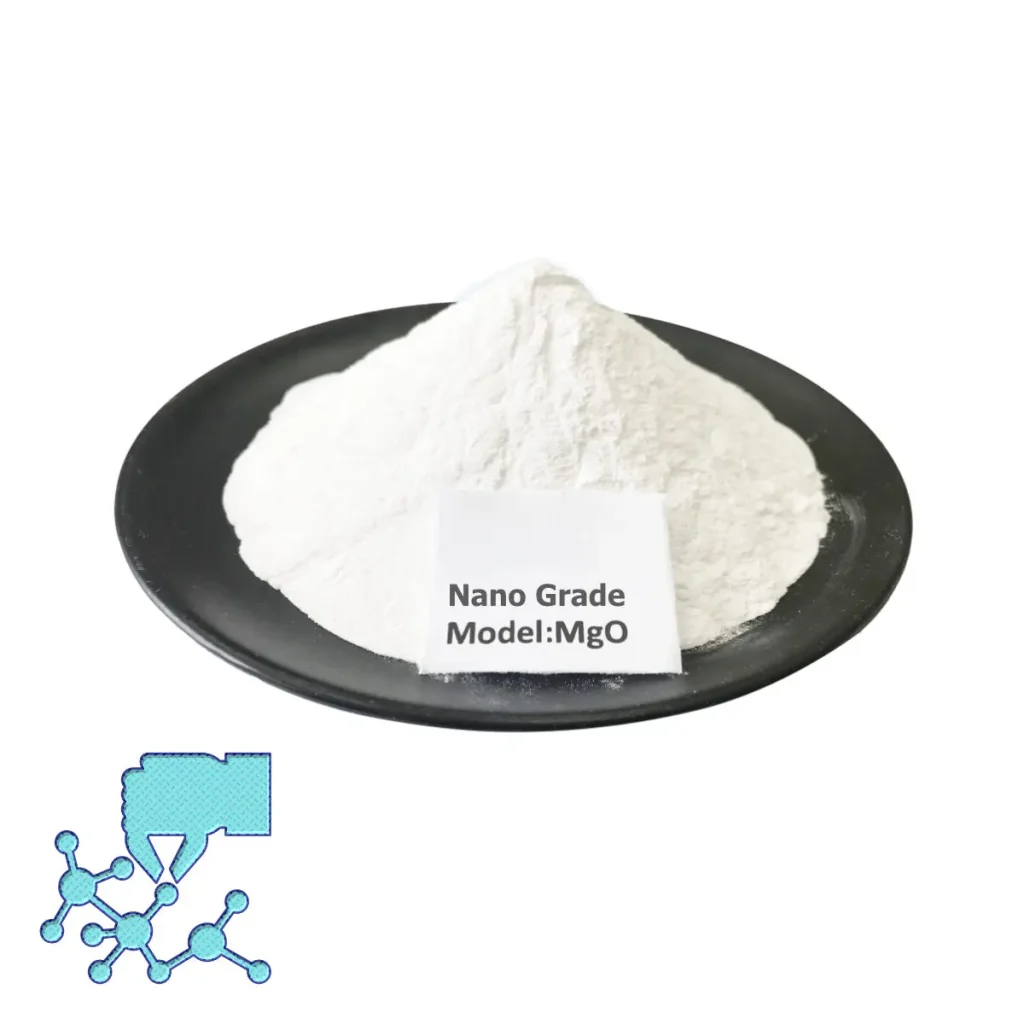Hebei Messi Biology Co., Ltd. stated that magnesium hydroxide, as an important inorganic chemical product, can be used as a flame retardant for polymer materials, flue gas desulfurizer, smoke suppression additive and green water treatment agent. In addition, it is also widely used in ceramics, medicine, food and other fields. Nano-magnesium hydroxide can also be obtained by calcining nano-magnesium oxide. In addition to the optical, electrical, magnetic, thermal, mechanical and chemical properties of ordinary magnesium oxide, magnesium oxide nanoparticles also have excellent catalytic activity, dehydrohalogenation, oxidative dehydrogenation and other functions. These properties have greatly expanded the applications of magnesium oxide. scope.

With the assistance of microwave, magnesium sulfate and NH3·H2O-NH4Cl buffer solution were used as raw materials to prepare nano-magnesium hydroxide through homogeneous precipitation reaction. After calcination, nano-magnesium oxide was obtained. The structure, morphology and thermal stability of nano-magnesium hydroxide and magnesium oxide were analyzed and tested using X-ray diffraction (XRD), transmission electron microscope (TEM), scanning electron microscope (SEM), and thermogravimetric analysis (TG). The results show that nano-magnesium hydroxide has better crystallization properties and its morphology is petal-like, which is composed of nanosheets with a thickness of about 40 nm. Nano-magnesium oxide also maintains the petal-like morphology of magnesium hydroxide. The possible mechanism of the formation of nanoscale magnesium hydroxide under microwave assistance was also preliminarily discussed.
The preparation of nano magnesium hydroxide by microwave irradiation is a novel and rapid auxiliary method for chemical synthesis. Using the microwave-assisted method, fibrous nano magnesium hydroxide was synthesized at room temperature using magnesium nitrate as the magnesium source and NaOH as the precipitant; the microwave solid-phase method was used to synthesize nanomagnesium oxide using magnesium acetate and H2C2O4·2H2O as raw materials. Taking advantage of the stable existence of magnesium sulfate in the NH3·H2O-NH4Cl buffer solution at pH=10.6 at room temperature, and using intermittent microwave radiation precipitation, petal-shaped nano-magnesium hydroxide formed by agglomeration of nanosheets was prepared, and was further calcined to obtain Nano-magnesium oxide with stable morphology was obtained.

